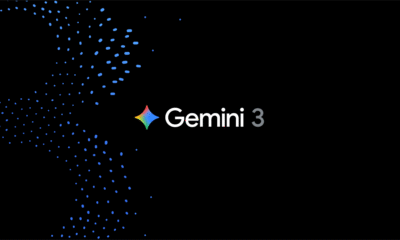Economy
India’s $4 Trillion Claim: Has It Really Overtaken Japan as the World’s 4th Largest Economy?
In 2025, India’s per capita nominal GDP is expected to be $2,880, while Japan’s is projected at $33,960. Even when adjusted for purchasing power parity (PPP), a more realistic measure of local living standards, India’s per capita income is only $11,228, compared to Japan’s $52,712.
India is celebrating a significant economic milestone after top government official BVR Subrahmanyam, Niti Aayog, claimed the country has overtaken Japan to become the world’s fourth-largest economy. The bold statement, made during a televised press briefing, sparked headlines and national pride. But according to economic experts, the celebration may be premature.
BVR Subrahmanyam, the head of India’s influential think tank Niti Aayog, cited data from the International Monetary Fund (IMF) to back his claim.
“We are the fourth-largest economy as I speak… India today is larger than Japan,” he said. The declaration quickly went viral across Indian media. However, analysts point out that the IMF’s current data tells a more nuanced story.
What the IMF Really Says
According to the IMF’s World Economic Outlook, India’s GDP currently stands at around $3.9 trillion, while Japan’s sits at $4.02 trillion. This means that, as of May 2025, Japan still edges India out in raw economic size. Projections indicate that India will overtake Japan by the end of fiscal year 2025–26, but official confirmation won’t be available until May 2026.
Arvind Virmani, a member of Niti Aayog, clarified the situation: “By 2025, India will become the fourth-largest economy, and by 2027 or 2028, the third-largest.” It’s a significant milestone in India’s long-term growth, but one that has not yet been achieved.
Jobs in the fourth largest economy? pic.twitter.com/2KWrNuz12M
— Satish Acharya (@satishacharya) May 28, 2025
GDP vs Living Standards: The Bigger Picture
Even if India surpasses Japan in GDP, experts caution against using this as a sole indicator of economic strength. India’s per capita GDP—what each person theoretically earns on average—lags far behind.
In 2025, India’s per capita nominal GDP is expected to be $2,880, while Japan’s is projected at $33,960. Even when adjusted for purchasing power parity (PPP), a more realistic measure of local living standards, India’s per capita income is only $11,228, compared to Japan’s $52,712.
Alicia Garcia-Herrero, chief economist for Asia-Pacific at Natixis, put it bluntly: “Only GDP size is not a good enough measure of how India is doing. More focus on GDP per capita and income distribution should be a priority.”
Tie CEO of NITI Aayog told the media that India’s per capita income had doubled from USD 1438 in 2013-14 to USD 2880 (in 2024 in 11 years).
Broadly correct, and we are happy.
However, he should have given the full picture which, according to the IMF, is:
2003: USD 543
2013:…— P. Chidambaram (@PChidambaram_IN) May 26, 2025
A Tale of Two Economies
The growth is real and impressive, and India’s $4 trillion economy has been expanding at an average of over 6% for decades. But its rise is happening while Japan’s economy is stagnating due to an ageing population and low productivity.
India’s economy is undoubtedly on the rise, and the day it overtakes Japan in GDP is likely near. However, experts urge caution, as the country still faces significant socioeconomic challenges. Until India addresses inequality, education, healthcare, and poverty, the size of its GDP alone won’t reflect the complete picture of its economic health.
Disclaimer: The views and opinions expressed in this article are those of the authors and do not necessarily reflect the official policy or position of the publication









































